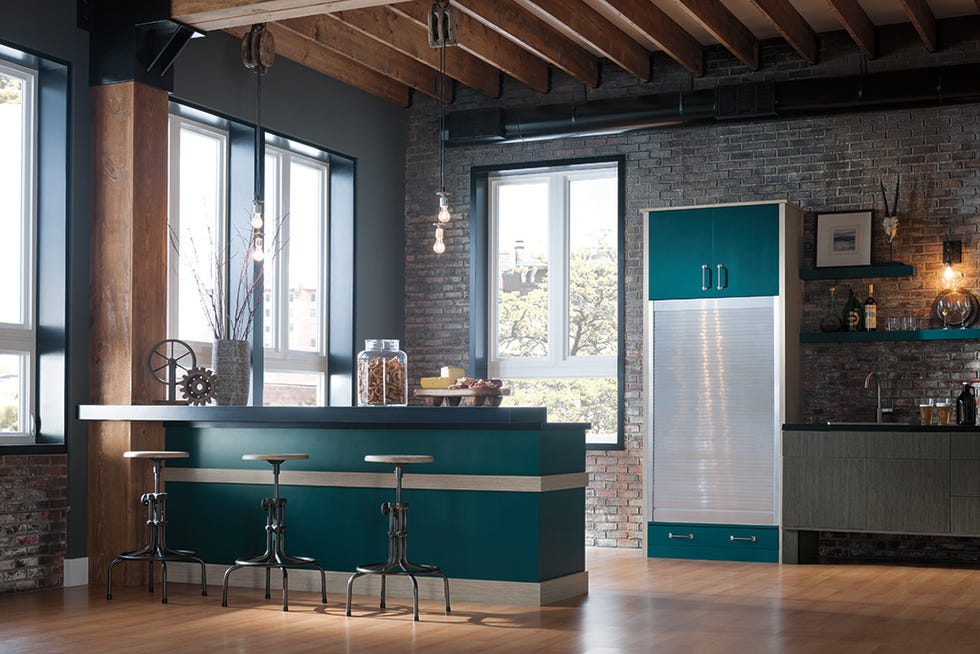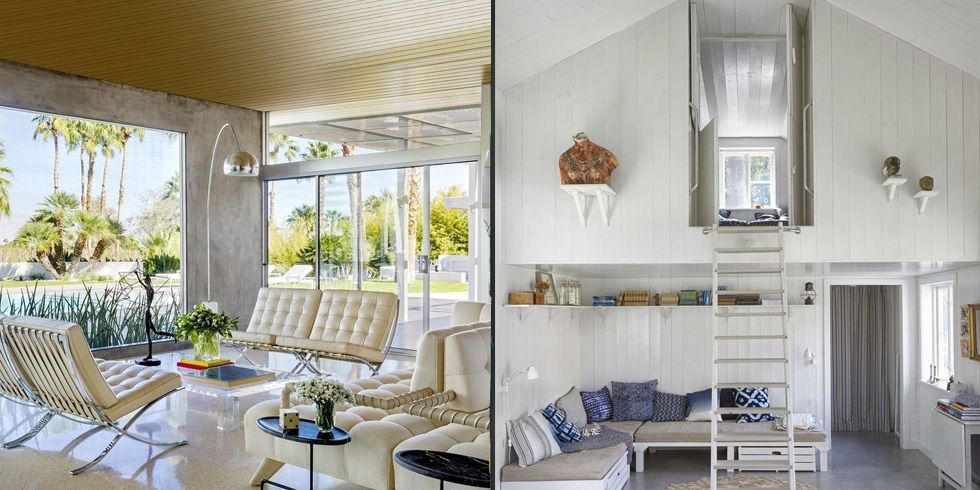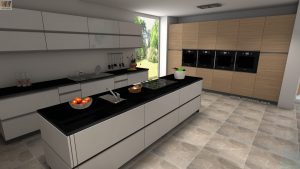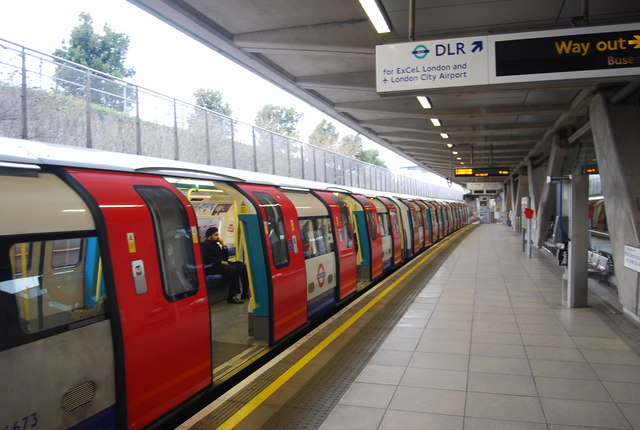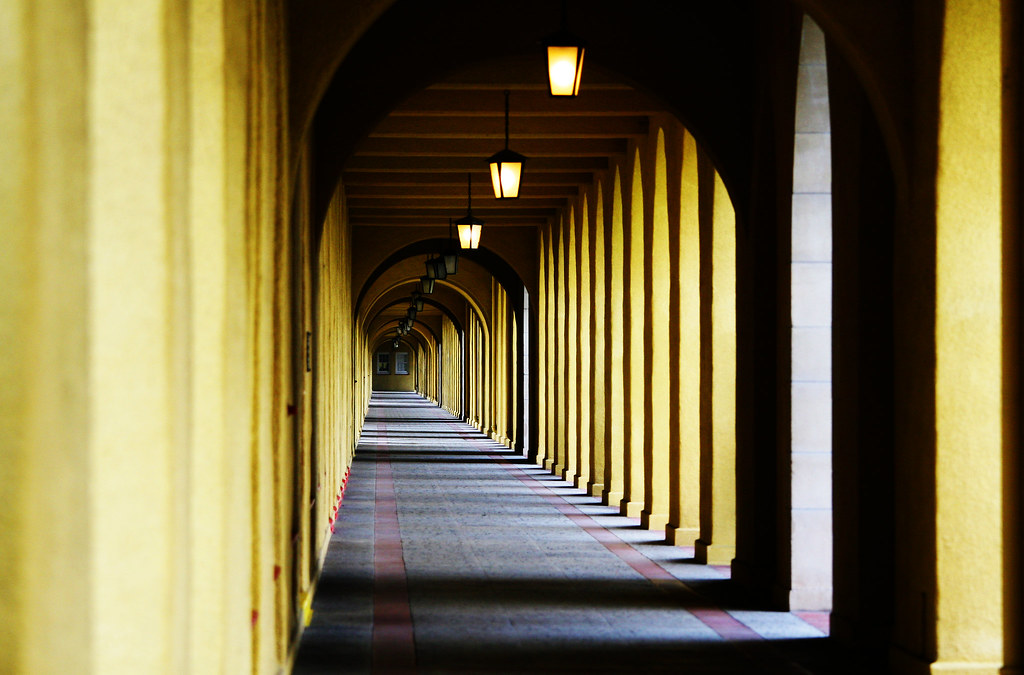Quite simply, conveyancing is the process that happens between you putting in an offer on a property and completing, in order for you to become the new legal owner of the property. It is the transferring of a property’s legal title from the old owner to the new owner.
Who does my conveyancing?
You can hire a solicitor, property lawyer or a licensed conveyancer to do your conveyancing for you.
All solicitors are qualified to undertake work of this kind, but not all are experienced in it.
It could therefore prove sensible to hire a solicitor who specialises in residential property transactions, or a dedicated licensed conveyancer who only works on cases of this kind.
You may, however, find that you have to choose from a list of conveyancers approved by your mortgage lender, or pay a fee to go elsewhere.
Making sure legal processes are followed properly during a property sale is vital otherwise the whole thing could fall through. So you need to find a solicitor you are confident will do a good job. You can search for conveyancers on the Council for Licensed Conveyancers website.
Conveyancers will either charge you a flat fee or a percentage of the value of the property. Costs will vary, but you can expect to pay between £500 – £1,500 depending on how complex the transaction is. Get a few different quotes before choosing who to use.
Try not to use a solicitor who is too busy to give your case the attention it needs. If possible tell them your preferred exchange and completion dates and ask if they can meet these.
Also avoid choosing a solicitor who is very junior or lacking in conveyancing experience. All solicitors are qualified to do conveyancing but if possible use a firm that specialises in this area.
It can also help to use a local solicitor, they will have a good knowledge of any laws or issues particular to the area. Although most of the process can be handled via phone or email, being able to drop into an office to handover paperwork or check on things can speed things up.
If you are dealing with an estate agent they will often recommend a conveyancer to you, but you don’t have to use them. You should shop around yourself to see if you can get a better deal on price or service.
What happens on completion day?
After finding a house, securing a mortgage, ensuring the legal aspects are covered and exchanging the contracts, the big day arrives, so what can you expect?
Completion day is the main event, where the purchase funds are transferred between solicitors, the keys are handed over and ownership of the property is transferred, leaving you free to move in.
Your conveyancing solicitor will aim to have this arranged by midday, checking you are happy to proceed with the transaction and ensuring the funds are available for release, allowing formal completion of the sale. They will then inform you that the sale has gone through and you can pick up the keys to your new home either from the vendor or the estate agent, formally finalising the deal.
What happens after completion?
Once you are in your new home, the conveyancing process continues as your solicitor ties up the remaining loose ends, drawing the transaction to a close.
This will involve any remaining administrative issues, such as:
Checking all deeds and documents are correctly signed and legally binding
Paying the necessary Stamp Duty Land Tax (SDLT)
Applying to the Land Registry to record the transfer of ownership and mortgage (where necessary), and pay the required fees
Liaising with the Land Registry to resolve any issues raised by requisition
Checking that registration of ownership and mortgage documents are in order and names etc. are spelt correctly
Sending a copy of the title deeds to you, along with any remaining documents that are not required by the mortgage lender.

